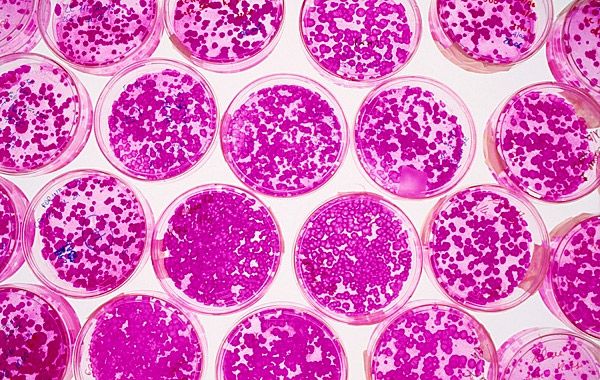Stem cells help cure paralysis
Last reviewed: 23.04.2024

All iLive content is medically reviewed or fact checked to ensure as much factual accuracy as possible.
We have strict sourcing guidelines and only link to reputable media sites, academic research institutions and, whenever possible, medically peer reviewed studies. Note that the numbers in parentheses ([1], [2], etc.) are clickable links to these studies.
If you feel that any of our content is inaccurate, out-of-date, or otherwise questionable, please select it and press Ctrl + Enter.
American experts recently said that they were able to restore motor activity in animals with spinal cord injuries - the results of their research they published in one of the scientific publications. It is worth noting that this scientific project is unique, because earlier specialists could not influence the regeneration processes in the spinal cord, they proceeded rather long, and not always the restoration was complete.
At the University of California, a team of neurophysiologists conducted experiments in rats that had a damaged spinal cord. In the work stem cells-matrices were taken as a basis, which were subsequently formed into neurons of the spinal cord. Specialists injected cells to the paralyzed animal directly into the spinal cord, as a result of which its integrity was gradually restored. Observations showed that the cells entered into the spinal cord began to function with time, while their work was completely identical to the initial cells of the brain. New cells took an active part in the formation of new tissues, thanks to which earlier paralyzed animals could again move.
The head of the research project, Mark Tushinsky noted that thanks to the new technique, in the near future specialists will be able to restore mobility in people who, in the results of severe injuries, remained paralyzed and chained to a wheelchair. The research team explained that the most important element of the normal functioning of the vertebral motor system is the corticospinal tract, for a long time all studies in this area ended in failure and, finally, Tushinsky's group managed to achieve a positive effect.
Now scientists plan to conduct experiments on larger animals. The research team also stated that, despite the fact that the first experiments were successful, there always happens to be a chance factor, since earlier studies, as already mentioned, could not restore the motor activity of laboratory animals.
Scientists are almost sure that the technique can be used to treat people, but before starting clinical trials, it is necessary to confirm the safety of the technique, to study the long-term effects on the animal model, and also to choose the most suitable type of cells for transplantation to humans. For rats, scientists have chosen neuronal progenitor cells of rats and humans that are capable of developing into different types of cells. After introduction into the spinal cord of the animal, the cells filled the damaged areas and associated with whole neurons, after which signal transmission was restored and mobility returned.

Stem cells are immature cells that are present in various multicellular organisms, a feature of such cells is the ability to self-renew and form new cells, and also to turn into cells of various organs and tissues of the body. It is this ability that has interested scientists and stem cells have become one of the main objects of research, especially in the field of regenerative medicine.

 [
[